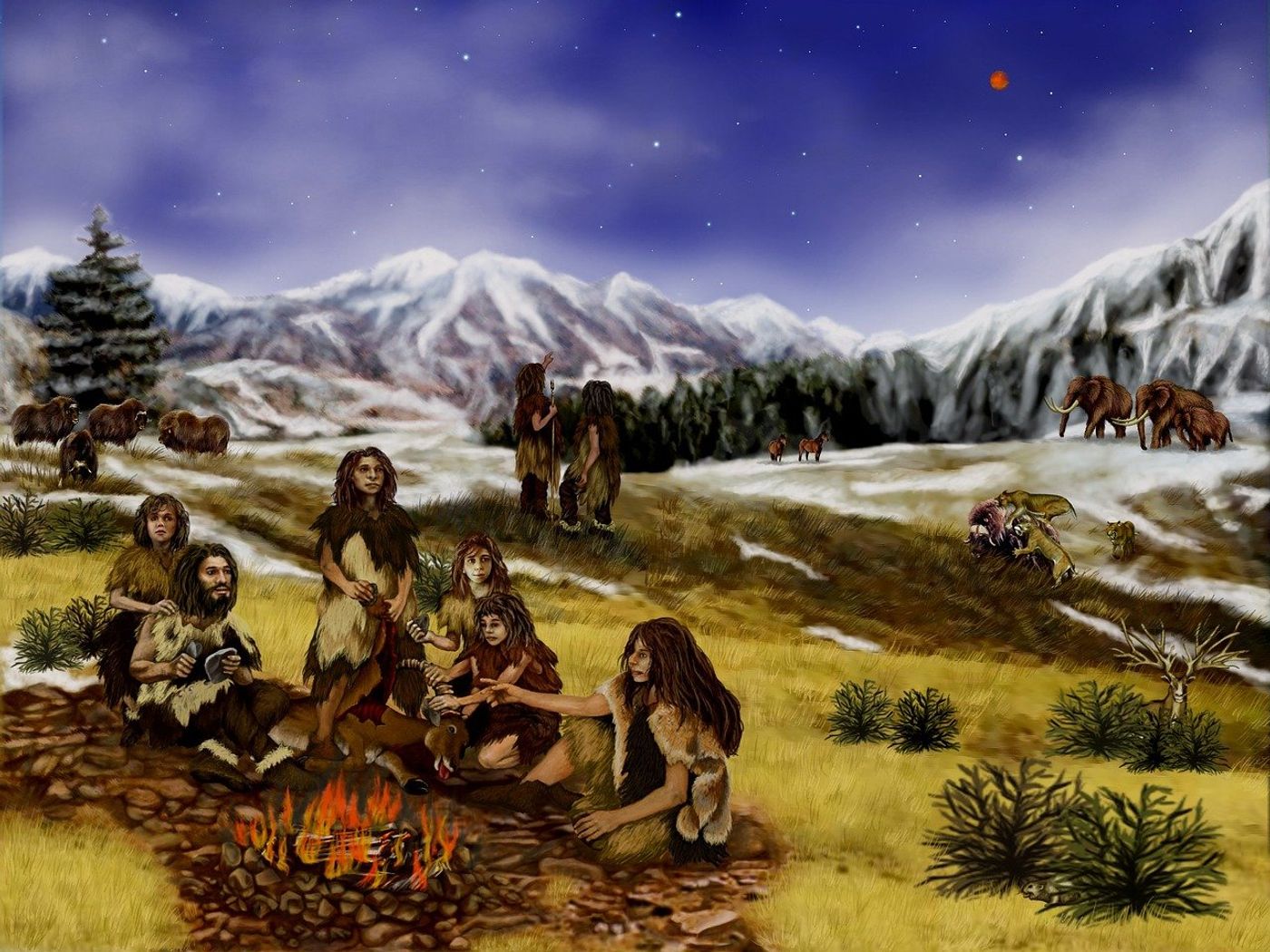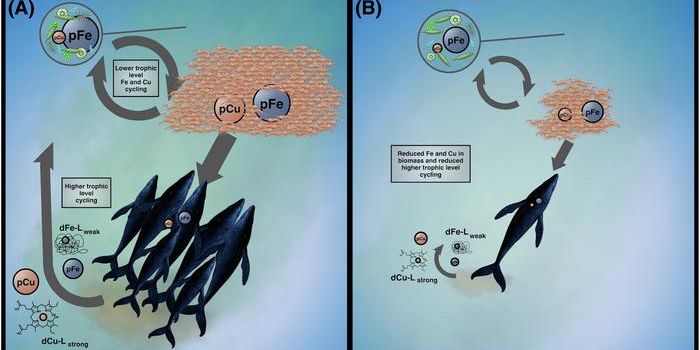Neandertal genome gives insight into their social structure
Many of us are inherently interested in our ancestry—who are we and where did we come from? Stories centered on “the missing link” tend to draw public attention (spoiler alert: there is no one missing link, but rather a complex web of related species), and the discovery of new hominin fossils tend to be international news. Most of what we know is based on inferences from fossils, like assuming Neandertals were intentionally buried due to the presence of flowers found with their remains.
New research, however, provides more concrete evidence for the social lives of Neandertals. A team of researchers from the Max Planck Institute for Evolutionary Anthropology in Germany, led by Laurits Skov, analyzed the genomes of a father-daughter pair and 15 of their relatives. Skov recently published a study on Neandertal introgression in an effort to study population history, and those methods were used in his latest study which he presented at the International Symposium on Biomolecular Archaeology.
Neandertal fossils were found at two cave sites in the Altai Mountains—a mountain range in Central and East Asia where Russia, China, Mongolia, and Kazakhstan meet. In the main cave, a tooth from a teenage girl was found and her genome was subsequently sequenced. Remains from 16 other individuals—including her father, as DNA would reveal—were also sequenced. In addition to insight into expanding our working knowledge of the Neandertal genome, these specific remains offered clues into Neandertal social life.
Though previous research has discussed many aspects of Neandertal behavior like cave painting, wearing clothes, and making fire, there was less known about their social structure. While the DNA found in these teeth helps to identify the first father-daughter Neandertal pair, they are also important since it suggests that males stayed with their families into adulthood. While many modern human men do this, it is less common for other primates to do so. In addition to the father, seven other adult men were identified among the sequenced genomes, and some of the individuals shared two types of mtDNA (mitochondrial DNA inherited maternally). This suggests that several of these males were descended from a recent ancestor.
These similarities among the males might further suggest that there was a relatively small population of males who fathered children. There are differing opinions on how to interpret this, like the idea that population groups always include more females than males, though the study’s lead author says it is more likely that Neandertals lived in small groups of between 30-100, where females leave their birth families to live with their mates. While this small sample cannot represent all Neandertals, it aids in helping to piece together the puzzle of human evolution, and gives insight into the social lives of our ancestors.
Sources: Antiquity, Science, Nature, International Symposium on Biomolecular Archaeology, Massive Science, Nature Education









